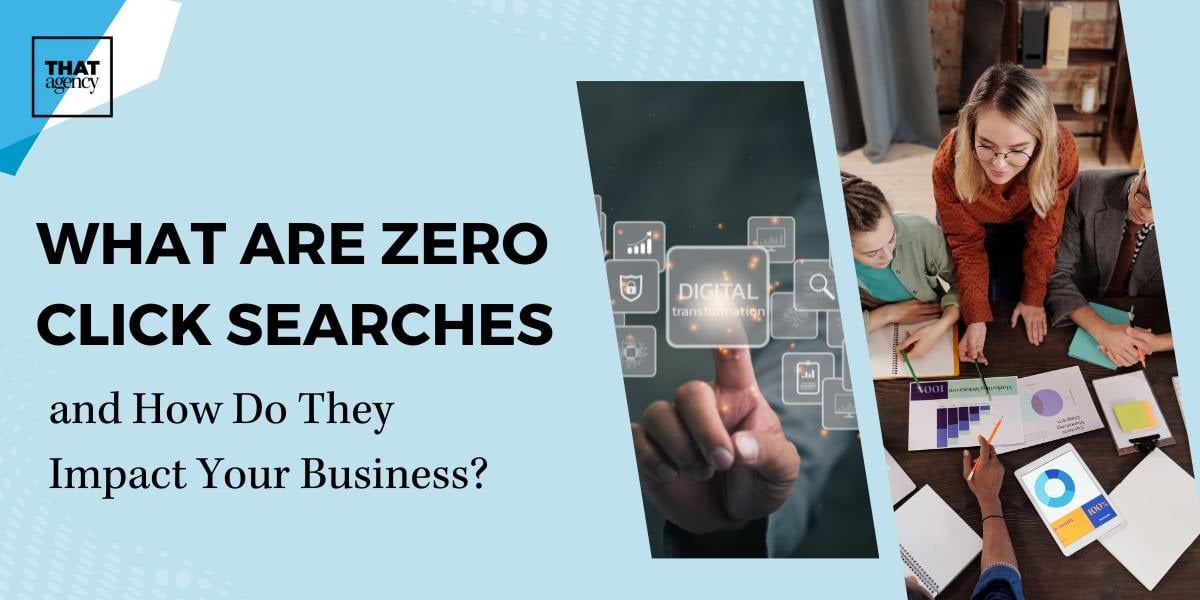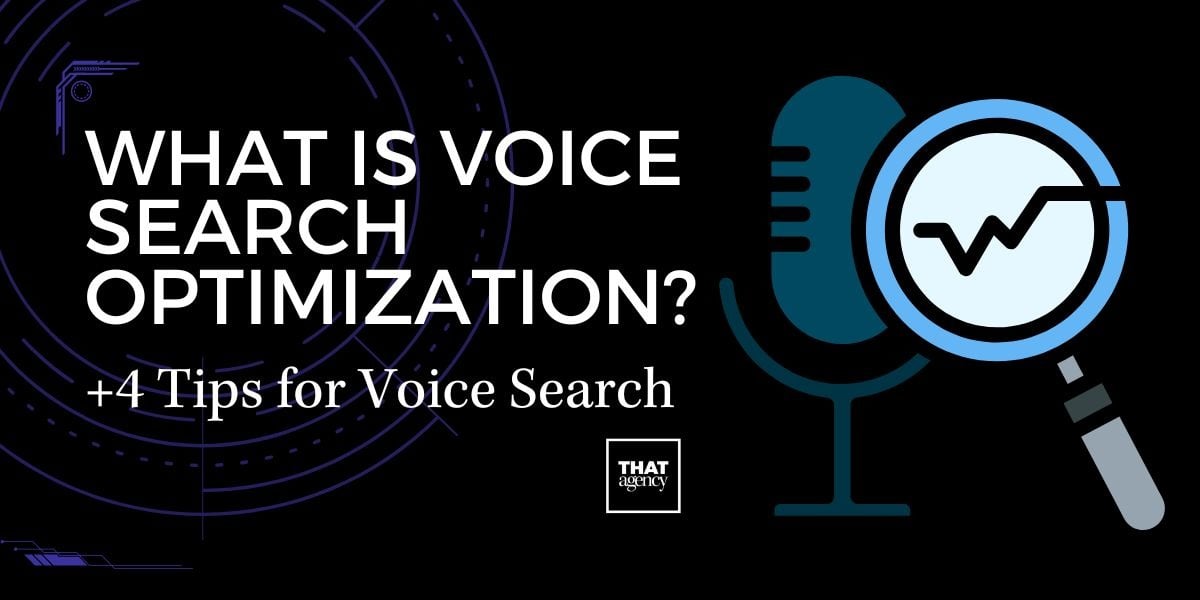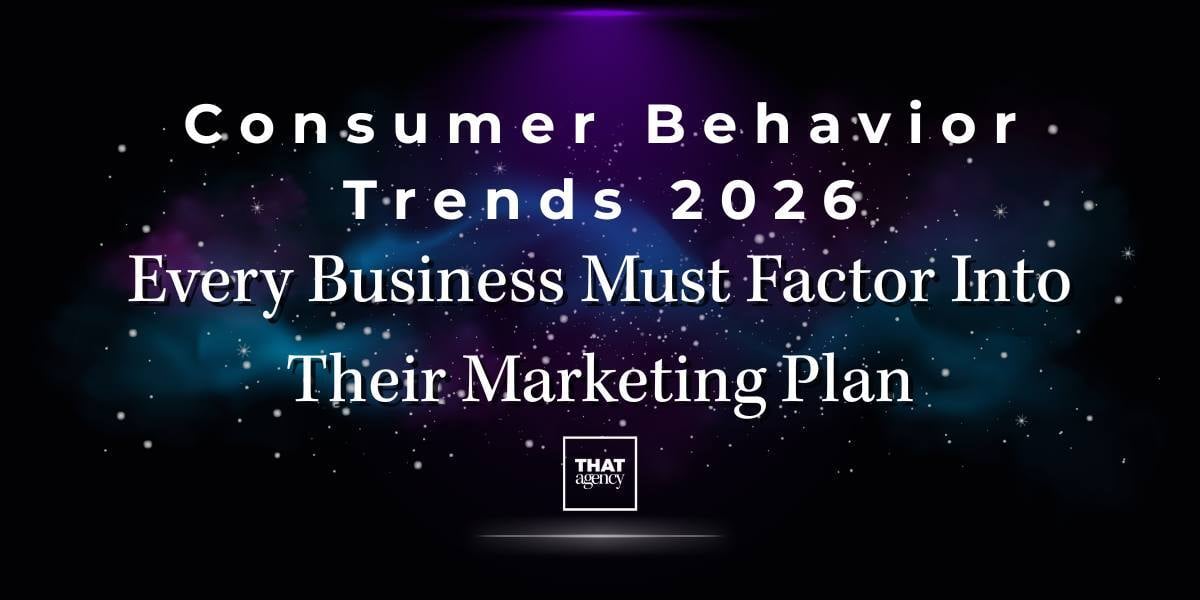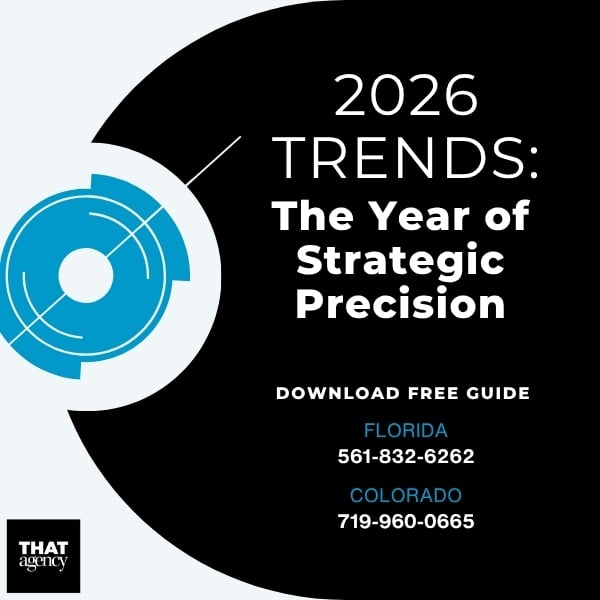Marketing is a big investment for any business, but how do you know if it's actually working? That’s where marketing effectiveness comes in. It’s all about figuring out whether your marketing efforts are doing what they’re supposed to—whether that’s bringing in new customers, increasing sales, or getting more people to recognize your brand.
If you don’t track your results, you could end up wasting money on strategies that aren’t helping your business grow. The good news? There are clear ways to measure marketing effectiveness so you can make smarter decisions. Let’s break it down.
Marketing effectiveness is how well your marketing efforts help you reach your business goals. It’s not just about running ads, posting on social media, or sending emails—it’s about making sure every dollar you spend is driving meaningful results. Whether your goal is to attract new customers, increase sales, or strengthen brand awareness, marketing effectiveness determines whether your efforts are actually working.
Many businesses make the mistake of assuming that simply running a campaign means they are making progress. But without measuring effectiveness, it’s impossible to know if those efforts are truly making an impact. For example, if a business spends thousands of dollars on an ad campaign but doesn’t track whether it leads to new customers, they’re operating blindly.
Marketing effectiveness matters because it helps businesses:
Effective marketing is targeted, data-driven, and continuously improving. It’s not about doing more—it’s about doing better. Here are some characteristics of effective marketing:
Without measuring marketing effectiveness, businesses risk wasting money on strategies that don’t work. Common pitfalls of not measuring marketing include:
If you want to know whether your marketing is working, you need to measure it. There are several ways to do this, depending on your business goals and marketing strategies. Some of the most effective methods include tracking return on investment (ROI), customer acquisition cost (CAC), engagement metrics, and conversion rates.
By regularly reviewing these key metrics, businesses can make data-driven decisions that lead to more effective marketing campaigns. In the next section, we’ll break down four essential ways to measure marketing effectiveness and ensure your marketing efforts are driving real results.
Understanding how well your marketing is performing is key to making smart business decisions. If you’re not tracking results, you might be wasting money on strategies that aren’t actually helping your business grow. Luckily, there are clear ways to measure marketing effectiveness, and four of the most important ones are Return on Investment (ROI), Customer Acquisition Cost (CAC), Engagement Metrics, and Conversion Rates.
Let’s break each one down in detail and look at how you can use these metrics to improve your marketing efforts.
One of the best ways to measure marketing effectiveness is by looking at your Return on Investment (ROI). ROI tells you how much money you’re making compared to how much you’re spending on marketing. It’s one of the clearest indicators of whether your marketing strategy is working.
The formula for ROI is:
For example, if you spend $5,000 on an ad campaign and it generates $20,000 in revenue, your ROI would be:
This means you earned three times what you spent on marketing, which is a great result. A positive ROI means your marketing is generating more revenue than it costs, while a negative ROI means you’re spending more than you’re making.
There’s no single “good” ROI that applies to all businesses, but here are some general benchmarks:
The key is to track ROI over time and see which marketing efforts are delivering the best results.
If your ROI isn’t where you want it to be, here are a few ways to improve it:
By consistently tracking and optimizing ROI, you can make sure your marketing budget is being used wisely.
Another critical way to measure marketing effectiveness is by tracking your Customer Acquisition Cost (CAC). CAC tells you how much it costs to acquire a single customer through your marketing efforts.
The formula for CAC is:
For example, if you spend $10,000 on marketing in a month and gain 100 new customers, your CAC is:
This means you’re spending $100 per customer to bring them into your business.
Knowing your CAC helps you determine whether your marketing spend is efficient or wasteful. If you’re spending too much to acquire each new customer, your business may struggle to be profitable.
To get the full picture, CAC should be compared to Customer Lifetime Value (LTV)—the total revenue a customer generates over their relationship with your business.
A good CAC depends on your industry, but in general:
Ideally, you want your LTV to be at least 3-5 times higher than your CAC.
If your CAC is too high, here are some ways to bring it down:
Keeping your CAC low while maintaining strong sales is a key factor in marketing effectiveness.
Now that you understand how to measure ROI and CAC, you’re on your way to building more effective marketing campaigns. But these aren’t the only important metrics—you also need to track engagement and conversion rates to get a full picture of your marketing success.
In the next section, we’ll cover:
By combining all four of these methods, you’ll have a clear, data-driven approach to improving your marketing effectiveness.
Engagement metrics tell you how well people are interacting with your content and marketing campaigns. If people are clicking, sharing, commenting, or spending time on your website, that’s a good sign that your marketing is capturing their interest. On the other hand, if they’re scrolling past your ads, leaving your website quickly, or not opening your emails, it’s time to rethink your approach.
Unlike sales-focused metrics like ROI or customer acquisition cost, engagement metrics measure how much attention your brand is getting. They help you understand what resonates with your audience and what needs improvement.
Engagement is often a leading indicator of future sales. If people interact with your content, they’re more likely to remember your brand and eventually become customers. High engagement means your messaging is relevant and compelling, while low engagement may indicate that your audience isn’t interested in what you’re offering.
Tracking engagement also helps businesses:
If you’re not monitoring engagement, you might be missing key insights that could improve your marketing performance.
There are several ways to measure engagement depending on the platform. Here are some of the most important ones:
Website traffic tells you how many people are visiting your site, but it’s not just about the numbers—you also want to know how long they’re staying and what they’re doing once they arrive.
How to improve website engagement:
Bounce rate is the percentage of visitors who leave your website after viewing just one page. A high bounce rate suggests that people aren’t finding what they expected or aren’t interested in exploring further.
Common reasons for a high bounce rate:
How to lower bounce rate:
Social media engagement includes likes, shares, comments, saves, and clicks on your posts. High engagement means your content is resonating with your audience.
If engagement is low, ask yourself:
Ways to increase social media engagement:
Email marketing can be highly effective, but only if people actually open your emails and click on your links.
How to improve email engagement:
Marketing isn’t just about getting attention—it’s about turning that attention into customers. If your lead generation and conversion rates are low, your marketing may be attracting the wrong audience, or your website and sales process may need improvement.
While engagement metrics show interest, lead generation and conversion rates tell you if that interest is turning into action. If lots of people are visiting your website or interacting with your content but few are signing up or making purchases, there’s a gap in your sales funnel.
Tracking lead and conversion metrics helps businesses:
This is the percentage of website visitors who take an action that moves them further down the sales funnel. This could be:
Formula:
For example, if 10,000 people visit your website in a month and 500 of them become leads, your lead conversion rate is 5%.
Ways to improve lead conversion rates:
This measures the percentage of leads who actually make a purchase. A low sales conversion rate could mean that:
Ways to improve sales conversions:
CPL tells you how much it costs to generate a lead. If your CPL is too high, it means your marketing is inefficient.
Formula:
For example, if you spend $5,000 on ads and generate 500 leads, your CPL is $10 per lead.
Ways to lower CPL:
Measuring marketing effectiveness is about more than just tracking numbers—it’s about understanding what’s working, what’s not, and how to improve.
Marketing plays a crucial role in business growth, but without measuring its effectiveness, you won’t know if your efforts are paying off. Many businesses invest in marketing campaigns, social media ads, email promotions, and content creation—but without tracking performance, it’s impossible to determine whether these efforts are driving real results or just wasting money.
When marketing isn’t measured, businesses often fall into the trap of making assumptions instead of data-driven decisions. They might continue running campaigns that don’t bring in new customers, or they might abandon strategies that could have been improved with a few simple adjustments.
To make the most of your marketing efforts, you need clear insights into what’s working and what’s not. Here’s why tracking marketing effectiveness is essential for your business success.
Marketing can be expensive, and every dollar you invest should contribute to real business growth. If you don’t measure the effectiveness of your campaigns, you risk spending money on tactics that aren’t driving sales or engagement.
For example, if you’re running paid ads, you need to know which ads are converting and which ones are underperforming. Without tracking, you might continue pouring money into ads that are targeting the wrong audience or failing to grab attention.
By measuring marketing effectiveness, you can:
Smart budgeting is key to increasing profitability. If you can consistently improve how your marketing dollars are used, you’ll get better results without necessarily increasing your budget.
Without tracking your marketing performance, you’re relying on guesswork. You might think your social media posts are engaging, but are they really driving traffic to your website? Are your email campaigns leading to sales, or are they just sitting in people’s inboxes unopened?
By measuring marketing effectiveness, you get real, actionable data that can guide your decisions. If something isn’t working, you’ll know why and can adjust your approach accordingly.
For example:
Continuous improvement is the key to successful marketing. The more you analyze your results, the better you can refine your strategy to maximize impact.
Marketing isn’t just about promoting your business—it’s about connecting with customers and providing value. If people aren’t engaging with your content, it could mean that your messaging isn’t relevant to them or that you’re not reaching the right audience.
By measuring marketing effectiveness, you can learn more about what your customers want and tailor your approach to better meet their needs.
For instance:
A better customer experience leads to higher engagement, stronger brand loyalty, and increased sales. When you track marketing effectiveness, you gain insights that help you deliver what your audience truly cares about.
Every business wants to grow, but scaling marketing efforts without a strategy can lead to wasted money and missed opportunities. If you don’t know which campaigns are effective, you could end up expanding the wrong efforts—spending more without seeing better results.
Tracking marketing effectiveness allows you to identify your best-performing strategies and scale them confidently.
For example:
When you know what works, you can grow your business faster and more efficiently. Instead of taking risks on untested strategies, you’ll be investing in proven tactics that are already delivering results.
Figuring out how well your marketing is working is key to growing your business. By tracking ROI, CAC, engagement, and conversion rates, you’ll have a clear picture of what’s driving results and what needs to be adjusted.
Need help making your marketing more effective? THAT Agency specializes in data-driven digital marketing strategies that deliver real results. Contact us today to learn how we can help your business grow!
Tags: Brand Identity, 2025 Marketing Trends, Brand Visibility

What are Zero Click Searches and How Do They Impact Your Business?

What is Voice Search Optimization? +4 Tips for Voice Search

Leveraging Predictive Analytics Marketing for Smarter Decisions

Consumer Behavior Trends 2026 Every Business Must Factor Into Their Marketing Plan
.jpg)
AI Image Generation for Marketers: What’s Possible and What to Avoid
700 S. Rosemary Ave.
Suite 204-707
West Palm Beach, FL 33401
P: 561.832.6262
F: 561.832.7707

